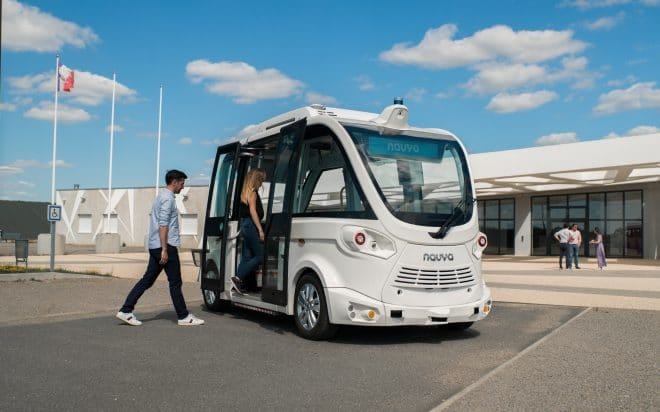Autonomous vehicle (AV) become one of the most talked-about topics in recent years, drawing significant attention from both the public and the experts alike. AV technology offers the potential to revolutionized public transportation for elimination of human intervention. This beneficially eliminate the need of experienced human to do driving task.
In development of AV, it is essentially need to have a standard to classify the development of the automation drive system. This challenge addressed the Society of Automotive Engineers (SAE) which established a classification system for autonomous vehicle into six distinct level.
SAE International is a global standards development organization and a professional association of engineers and mobility expert around the world. SAE’s classification system define the level of driving automation into six distinct level, ranging from 0 to 5. This level help to determine which level the current development of autonomous vehicle technology.
Six Level of Automation in Autonomous Vehicle by SAE

1. Level 0 (No Driving Automation)
At this level, the key is the human drivers are fully responsible for all dynamic driving task, although there are systems in place to assist drivers, such as warnings, stability control, or automation emergency braking. This is the general driving that we implement everyday.

Driving image unsplash
2. Level 1 (Driver Assistance)
This level is the lowest level of automation, providing basic driver assistance. System such as adaptive cruise control, lane-keeping assistance, or automatic braking can assist with specific task like steering or controlling speed. However, the driver must remain fully engaged and supervise the system at all times. This level help at low-level driving functions but overall driving responsibility remains with the human.

Honda Sensing
3. Level 2 (Partial Automation)
From this level the automation system can take control both steering and accelerating / braking autonomously, typically referred to as Advanced Driver Assitance System (ADAS). The human still monitor the driving environment and can take control anytime. This level includes system like Tesla Autopilot and General Motor’s Super Cruise, which allow partial automation but still required human supervision.
Explanation by synopsys
4. Level 3 (Conditional Automation)
At this level vehicle can make decision based on environment condition such as overtaking other vehicle. The driver doesn’t need to monitor the system all the time, allowing the driver to take their eyes off the road in specific condition. However, the system can still request human intervention when needed. Overall system can take many scenario without human intervention.

Audi AI Traffic Jam
5. Level 4 (High Driving Automation)
The key distinction between Level 3 and Level 4 is that Level 4 vehicles can handle driving tasks without human intervention in most situations. If something goes wrong, the system is designed to safely pull over or stop the vehicle without the driver’s input. However, Level 4 automation is typically limited to specific areas, such as urban environments or geo-fenced zones, and the system may not function outside these areas without human control.
NAVYA, a French company, has already developed and sold fully autonomous Level 4 shuttles and taxis in the U.S. These vehicles operate entirely on electric power and can travel up to 55 mph without a human driver.

Navya Autonomous Shuttle
Waymo, a subsidiary of Alphabet, launched a Level 4 self-driving taxi service in Arizona, offering a glimpse into the future of driverless transportation. Waymo’s vehicles have been tested for more than 10 million miles, including driverless operation without a safety driver on board.
6. Level 5 (Full Driving Automation)
At Level 5, the vehicle performs all driving tasks under all conditions. No human intervention is required at any point, and there is no need for steering wheels, pedals, or other manual controls. These vehicles are entirely autonomous, capable of operating anywhere a human driver could. Level 5 technology is the ultimate goal for autonomous driving, providing complete automation, but it is still in the research and development phase.

Explanation by Synopsys
Conclusion
The latest development in autonomous vehicle technology has reached Level 4 (High Driving Automation), which does not require human supervision as a driver. This advancement greatly benefits daily transportation by reducing the need for driving skills or experience. However, there are still significant constraints and ongoing developments necessary to achieve higher levels of autonomous driving. While there are concerns about potential job losses due to the replacement of human drivers, the overall progress in autonomous vehicle technology remains promising.
Resources
https://www.synopsys.com/blogs/chip-design/autonomous-driving-levels.html

